Tom's Guide answers: What ports do you really need on your next laptop?
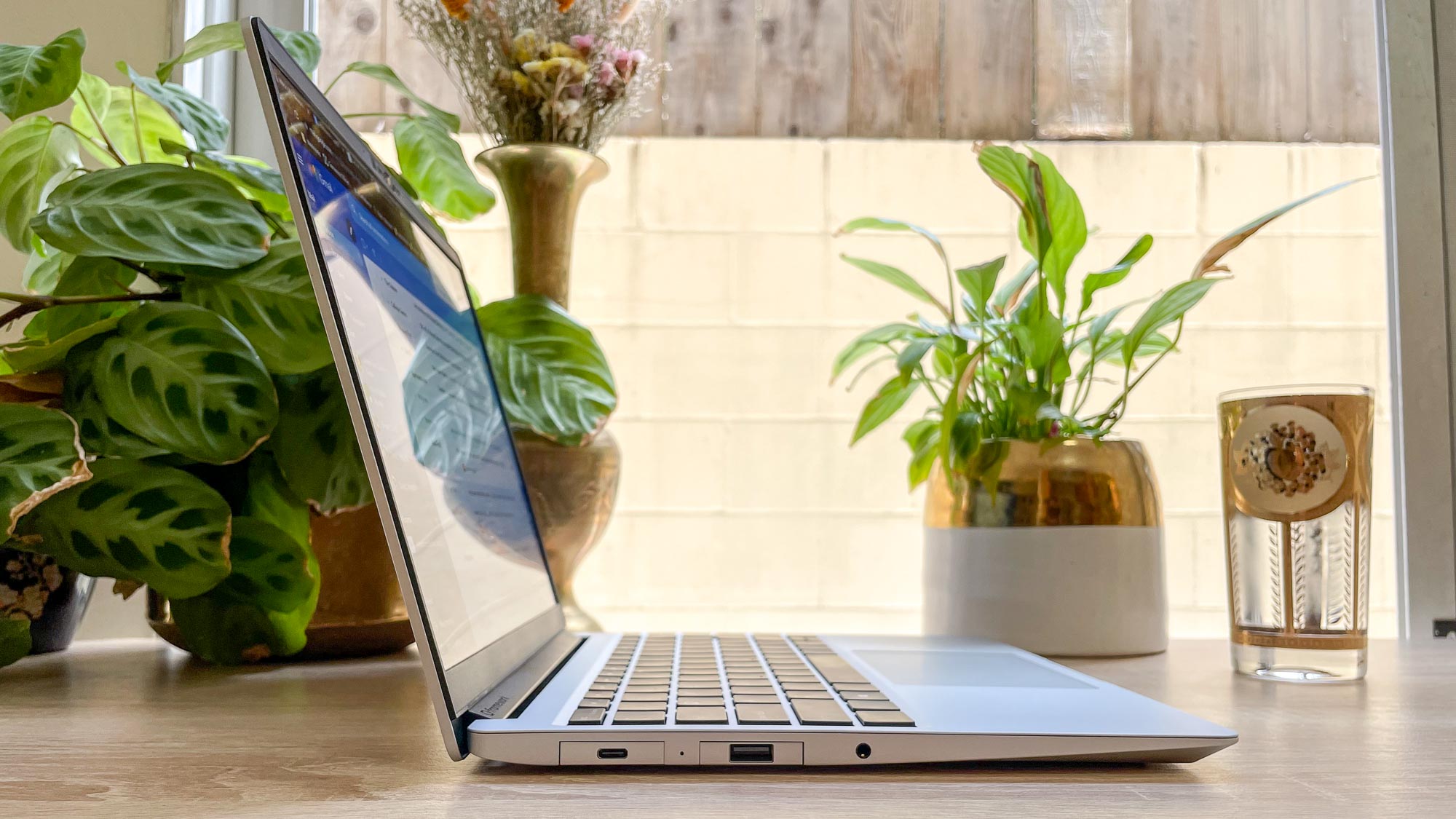
There’s a lot to think about when picking out one of the best laptops from the screen size to the processor all the way to whether or not you need dedicated graphics. While these are all important factors to consider, there’s one thing you don’t want to overlook when buying a new laptop: the ports.
Unlike with a desktop PC, upgrading your laptop after the fact usually isn’t an option. Sure, on some laptops you can upgrade the RAM or swap in a new SSD but upgradability and laptops rarely go hand in hand. There is one exception though and if you want a laptop where you can swap out components at will, then you should consider the Framework Laptop.
While you can get a pre-built Framework Laptop you won’t have to assemble on your own, most people will likely choose a laptop from Apple, Microsoft, Lenovo, Asus, Dell, HP or other more well-known brands. Not only are they usually cheaper but they’re also more readily available, plus you can go see one in person at a store.

Even though I prefer working and gaming on my desktop PC, I recently decided it was time to get another laptop for when I travel and for those days when working at home just isn’t possible. I’ve always wanted a ThinkPad as I love their sleek design, black and red color scheme and the fact that they're one of the only laptops that still have a TrackPoint pointing stick that you can use instead of a trackpad. I had a few models on my shortlist but ended up going with a ThinkPad X13 Gen 4 in the end.
Unlike the ThinkPad X1 Nano or the ThinkPad Z13, the one I chose still has plenty of full-size ports along with two USB-C ports for connecting it to one of the best monitors. However, it also has an HDMI port which can come in handy when you want to quickly connect to a TV instead.
The Tom’s Guide Computing team recently had a long discussion on whether or not gaming laptops are still worth it in 2024 which led to a similar discussion on which ports you really need on a laptop.
Together we have decades of experience using, reviewing and writing about computers, so I figured I’d open the floor to see what ports they look for on a new laptop or if a laptop docking station is now a must-have accessory given that laptop makers have no qualms about sacrificing ports in favor of slimmer and more portable machines.
Get instant access to breaking news, the hottest reviews, great deals and helpful tips.
My laptop docking station is just a cable away

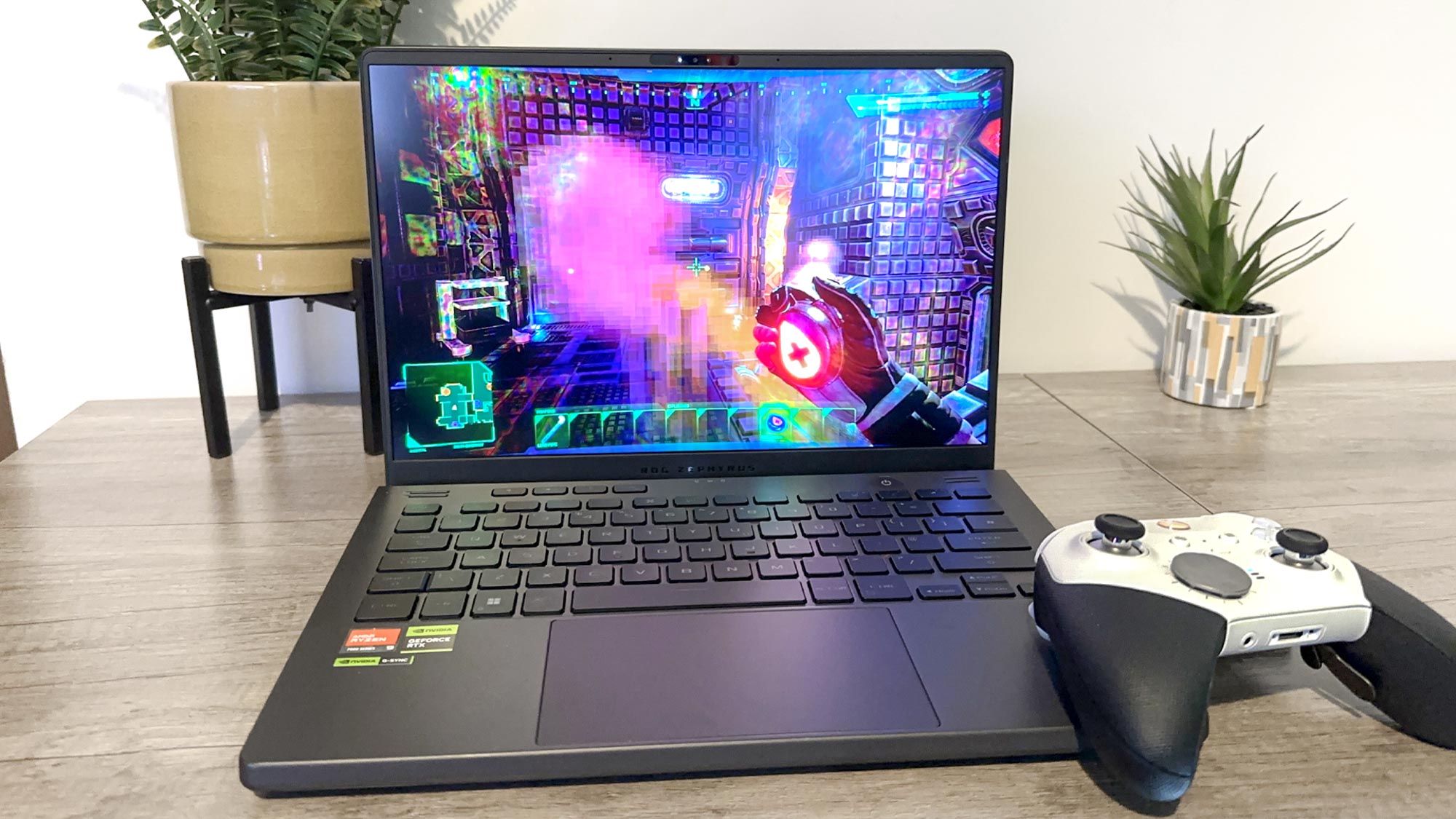
I won’t lie to you: I don’t exactly go to bed at night dreaming about laptop ports. When it comes time to review one of the best gaming laptops, I obviously duly note what connections a portable PC is rocking so that I can give readers the most thorough outline of a product they might be interested in. Outside of that, though, I can’t say I lose sleep worrying about whether the Asus ROG Zephyrus G14 has more than one USB-C port.
From a gaming perspective, I also don’t worry about laptop ports all that much purely because I take advantage of Bluetooth connectivity at every possible opportunity."
There is a valid reason for this, though. And it’s not down to the fact that I’m truly apathetic towards laptop ports. The main reason I don’t sweat how many slots a laptop is rocking when I review one is because I own a USB 3.0 docking station that also houses an HDMI splitter. With five USB-C slots and a duo of the aforementioned connections for 4K-compatible video cables, I simply plug that bad boy into a laptop and I’m all set.
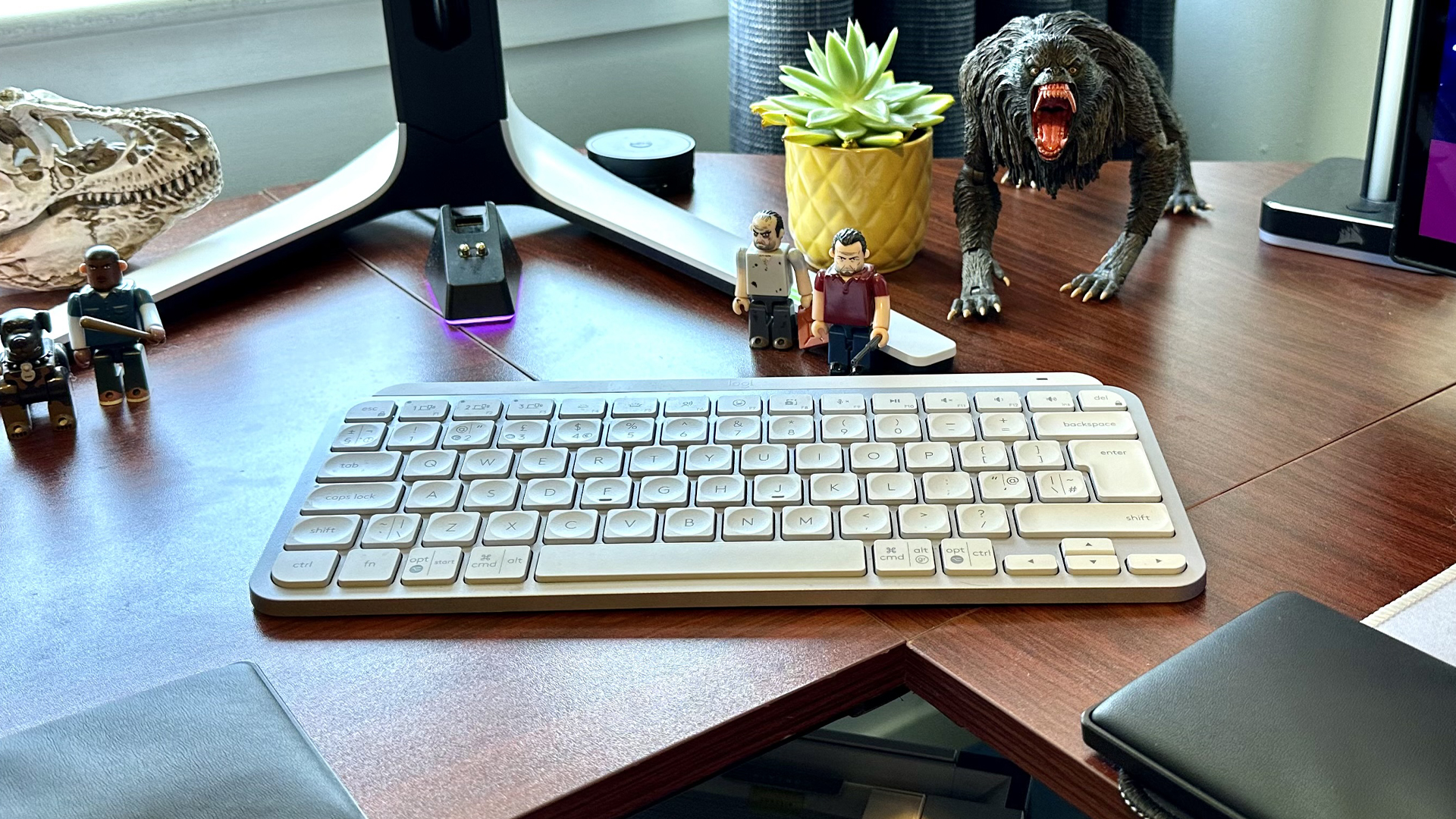
From a gaming perspective, I also don’t worry about laptop ports all that much purely because I take advantage of Bluetooth connectivity at every possible opportunity. Whether wirelessly pairing my DualSense Edge controller or my cute and ultra portable Logitech MX Keys Mini keyboard, physical ports become a lot less important to me as a result.
I’m not saying manufacturers should suddenly start reducing the number of ports they built into their laptops based on the assumption that folks like me will either go the wireless route or break out a docking station. Yet I also know ports are pretty far down on my checklist when it comes to evaluating a laptop, especially if it’s one tailor-made with gaming in mind.
Thin laptops can have a decent port selection

I'm in a bit of a bind when it comes to laptops and port selection. Ideally, I want a laptop to be as thin (and light) as possible so it's easier to travel with. The problem is that many ultraportables don't typically feature a ton of ports. You generally get a pair of USB-C ports and maybe a headphone jack if you're lucky. Yes, you can solve this issue with a USB docking station, but I'd prefer not to carry more stuff around when traveling. This is why I like MacBook Pro laptops over the thinner and lighter MacBook Air series. Yes, the latter are easier to travel with, but they're missing an HDMI port, for example.

I don't need an SD card reader or an Ethernet port... but I also wouldn't mind having those as well for good measure."
So what's my ideal port selection for a laptop? At the very minimum, two USB-C and two USB-A and an HDMI port. In fact, those are the same ports that the LG Gram Pro 2-in-1 and Samsung Galaxy Book 3 Pro 360 pack. These notebooks are also relatively thin for convertibles, proving thin laptops can have a decent port selection. I don't need an SD card reader or an Ethernet port... but I also wouldn't mind having those as well for good measure. I also tend to use wireless headsets, but a headphone jack is also appreciated.
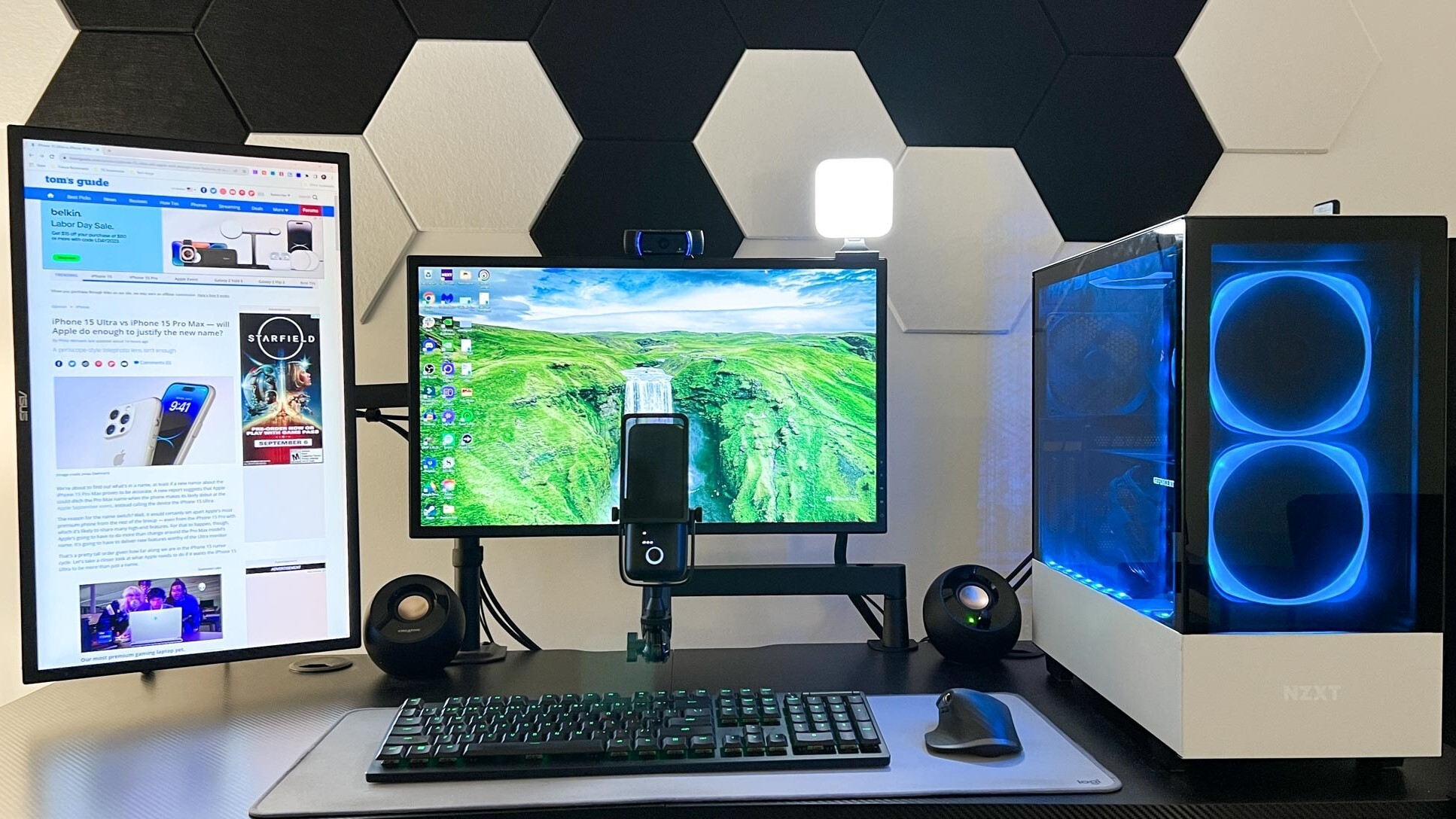
In truth, laptop port selection isn't a major priority since I don't travel very often. I have a big 'ol desktop at home (which naturally has a ton of ports) and at the office, I use a USB hub with the Dell XPS 14 I currently use as my driver. I realize being a tech reviewer means I have access to whatever machines I might need, but if I were buying a laptop for myself, I'd want one with as many ports as possible... but that's still thin and light enough to travel with.
Only one laptop has the perfect selection of ports

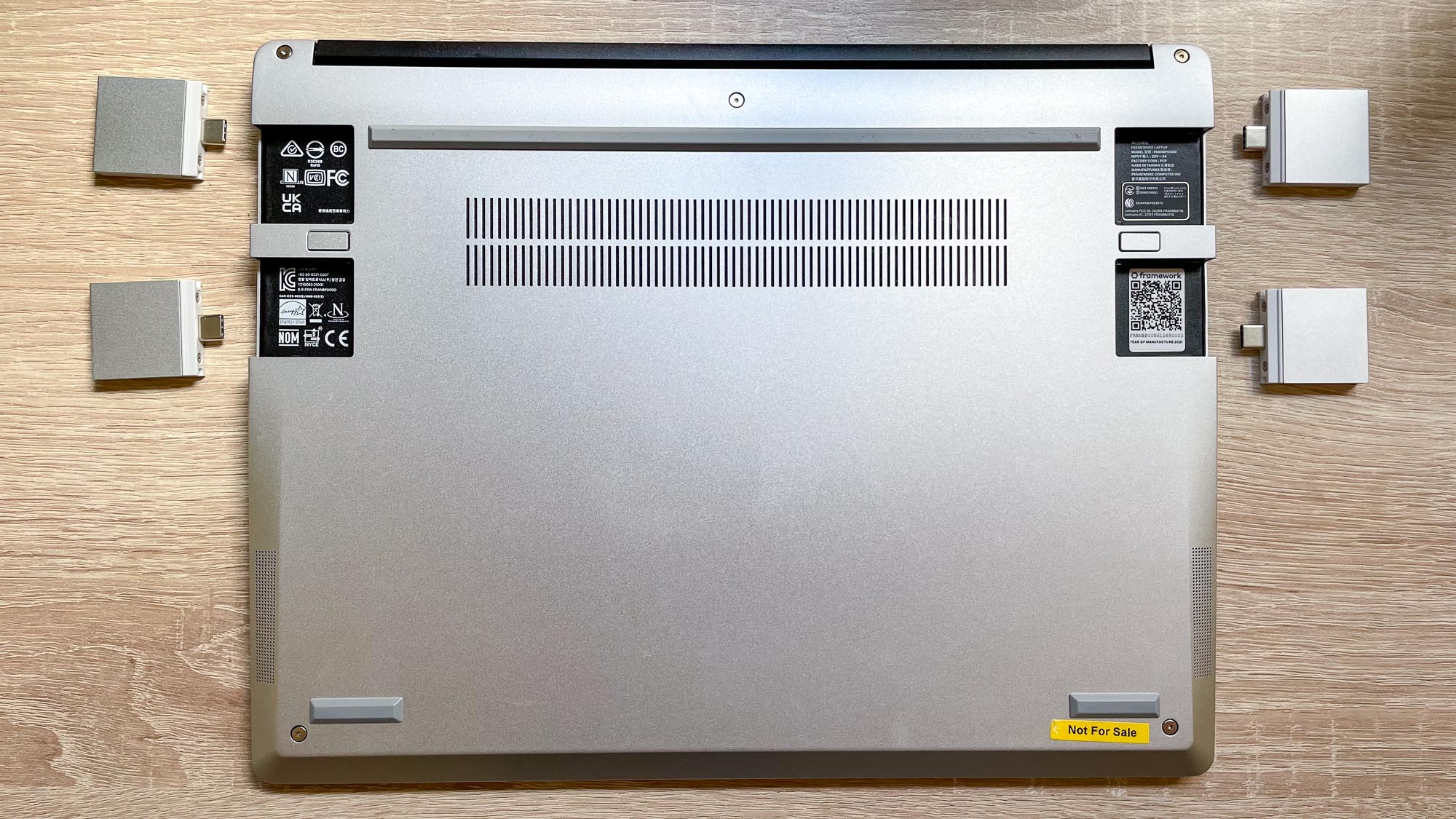
I think a laptop docking station is a last resort, personally, but then I like to use my laptop on the go and my desktop when I'm at my desk. That's why I've always loved Framework laptops — they give you the freedom to customize your port array for whatever you're doing that day, a convenience no other laptop can match.
I rarely work away from home these days, but when I do the 3.5mm audio port lets me tune out the world with a pair of thick wired headphones."
But as nice as it is to have that flexibility, the truth is I rarely take advantage of it. Most of the time I'm happy with just a pair of USB ports (one USB-A, one USB-C — if it's Thunderbolt 4, even better), an audio jack for occasional headphone use and an RJ-45 Ethernet port to take advantage of wired Internet where I can.

That combo is hard to find on anything but a Framework or some gaming laptops, but for me it's the perfect combo for work and play. On the Framework I can use that USB-C port to charge the laptop while I keep the USB-A port free for accessories (I know USB-C is the new hotness but most of my mice and keyboards are still USB-A, go figure), and the Ethernet jack is nice to have when I need reliable high-speed Internet access. I rarely work away from home these days, but when I do the 3.5mm audio port lets me tune out the world with a pair of thick wired headphones.
I totally appreciate the value and utility of having a DisplayPort 1.4 or HDMI 2.1 port on your laptop, but in my day-to-day I just don't find much reason to connect my laptops up to an external display very often. More fool me really, because craning my head down to look at a laptop screen is horrible on my neck and hooking up an external monitor would probably be a huge ergonomic upgrade. Maybe I need to rethink my port priorities after all!
More from Tom's Guide
- Buying a monitor? Here's 3 underrated features I look for
- The 5 things I'm glad I knew before buying a mini PC
- I finally found the perfect display for under my main monitor

Anthony Spadafora is the managing editor for security and home office furniture at Tom’s Guide where he covers everything from data breaches to password managers and the best way to cover your whole home or business with Wi-Fi. He also reviews standing desks, office chairs and other home office accessories with a penchant for building desk setups. Before joining the team, Anthony wrote for ITProPortal while living in Korea and later for TechRadar Pro after moving back to the US. Based in Houston, Texas, when he’s not writing Anthony can be found tinkering with PCs and game consoles, managing cables and upgrading his smart home.
- Alex WawroSenior Editor Computing
- Tony PolancoSenior Computing Writer
- Dave MeiklehamUK Computing Editor









